Project partners



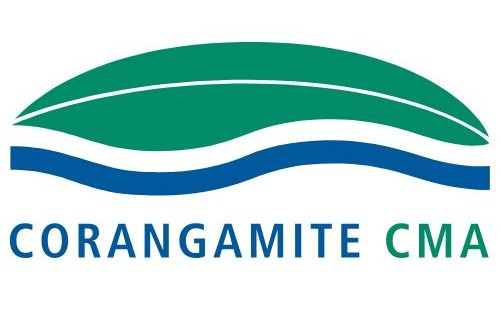
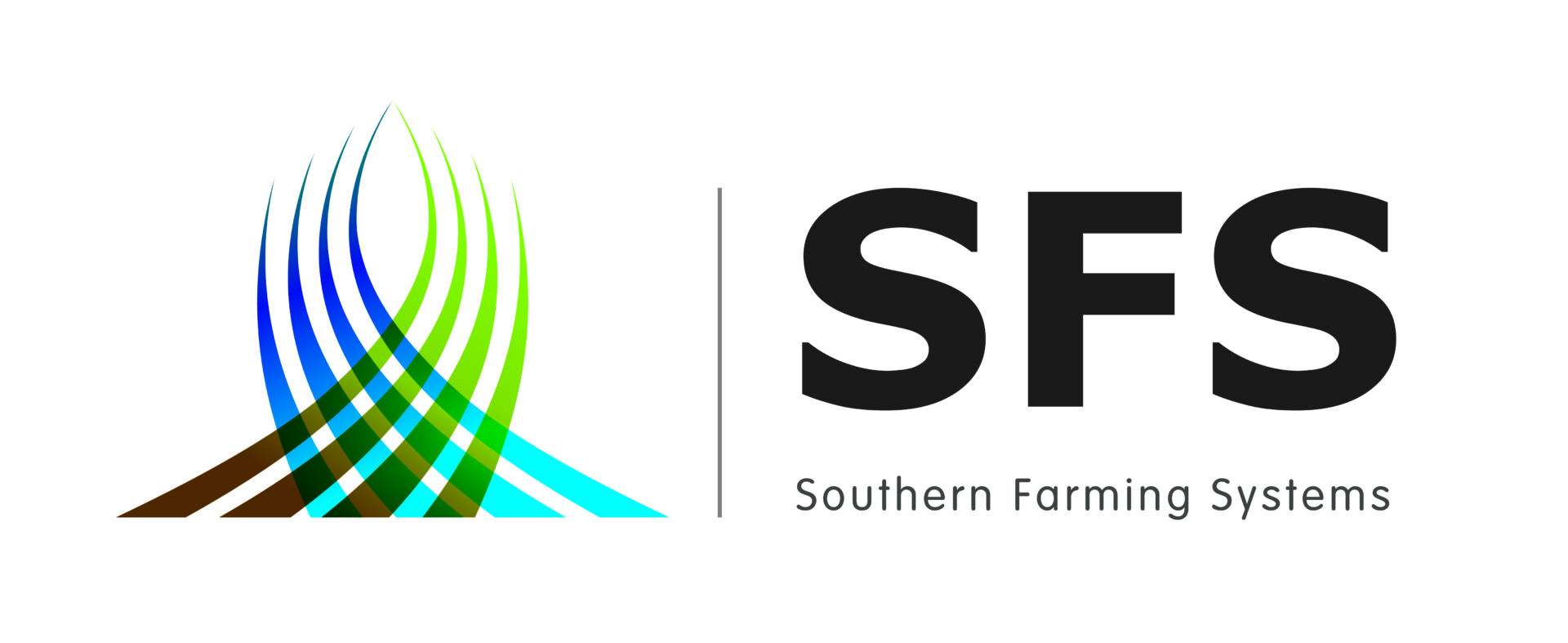
Overview
‘Streamlining Sustainability Reporting for Land Managers’ is a two-year project to develop user-friendly natural capital accounts and sustainability reports. The initiative is led by researchers from Federation University’s Centre for eResearch and Digital Innovation (CeRDI).
Partner organisations Corangamite CMA, Food Agility CRC, Precision Ag and Southern Farming Systems are working together to support land managers in the Corangamite region in southwestern Victoria to more easily measure their natural capital assets and risks.
The project will deliver an innovative environmental data platform that aims to reduce the cost and complexity of sustainability reporting for land managers, addressing the increasing need for accessible environmental information.
Location
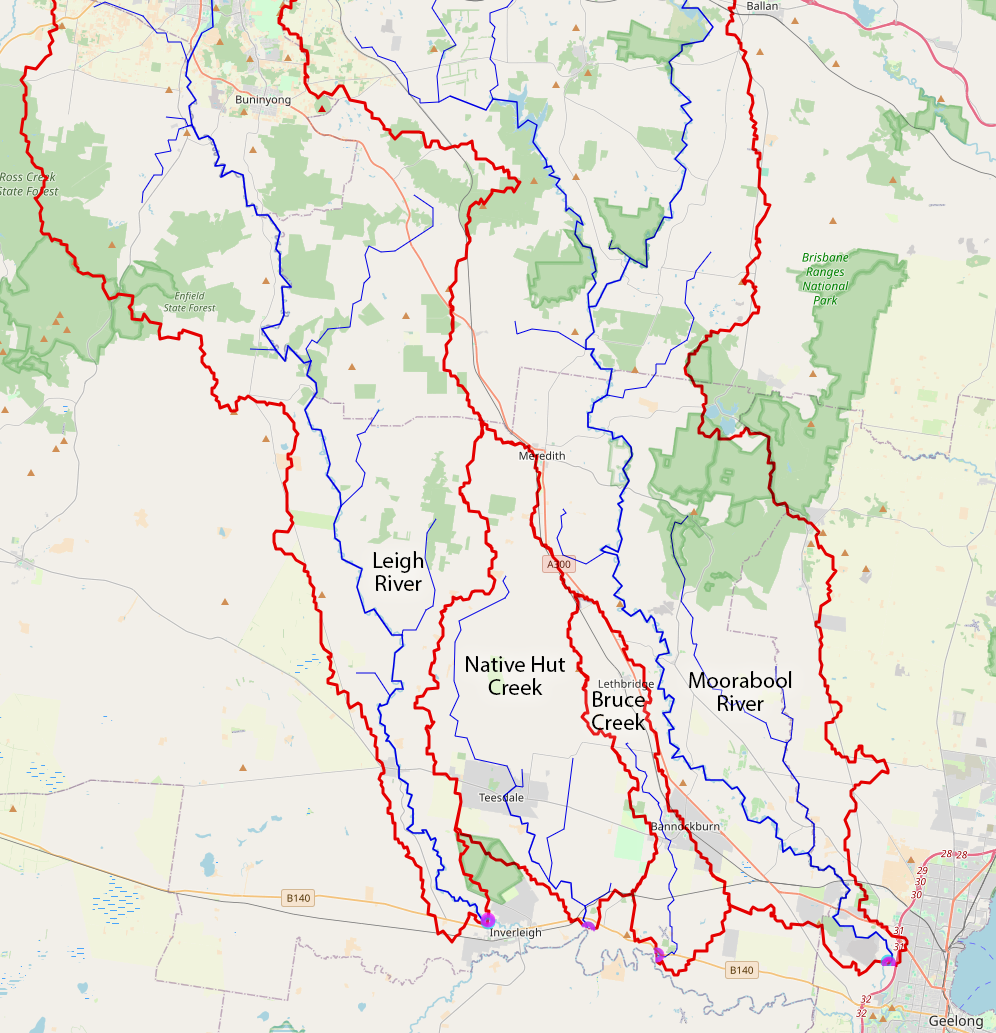
The challenge
Land managers face a growing number of requests for environmental data from a range of sources e.g. governments, supply chain partners, export markets, banks and investors. These requests aim to assess how sustainably the land is being managed.
However, the data requirements often vary in format and definition, leading to added costs, duplication of effort, and confusion about what should be measured and how.
Approach and solutions
The research team used the Natural Capital Measurement Catalogue (NCMC) as a key input to the project.
It provided a valuable starting point as a credible universal framework of natural capital metrics to organise a comparison with all the other relevant accounting and reporting frameworks. In addition, the NCMC was used to identify data sources for the selected metrics of interest.
The project will develop a flexible architecture to enable more efficient reporting. The goal is to handle changing requirements from different stakeholders over time, making the reporting process more adaptable and streamlined.
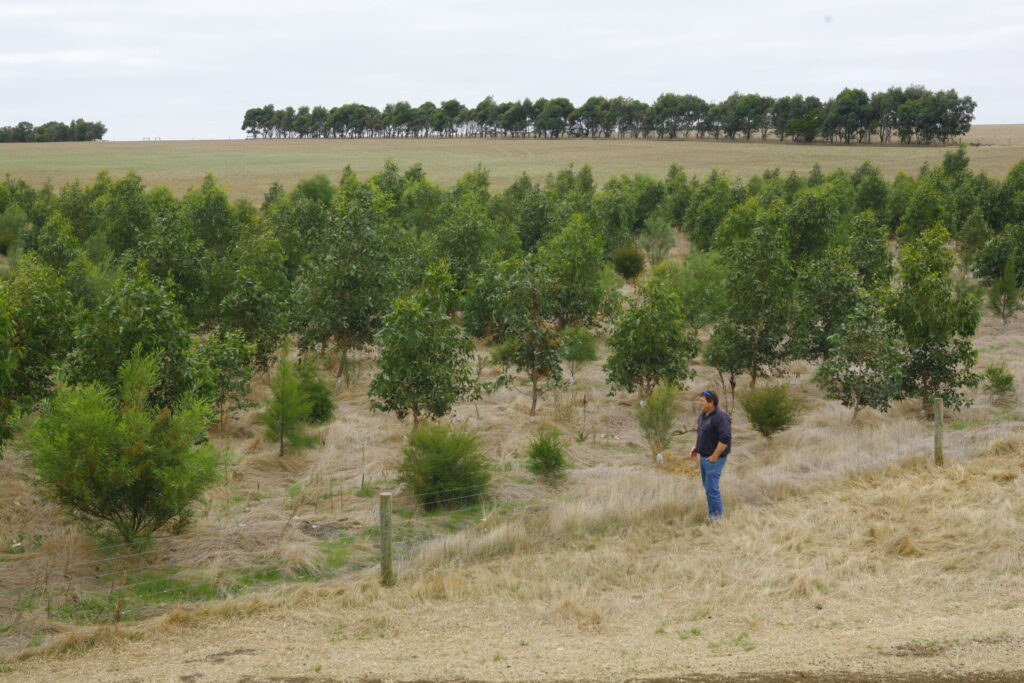
“The fact that the NCMC links natural capital metrics to around 80 different public data sources was really helpful for us. It saved us time in finding those data sources ourselves, and once you have a starting point like that, it’s also easier to go out and find other sources of data that might be more relevant to a specific project.”
CeRDI Systems Analyst Programmer, Richard Archer
Alignment with key frameworks
Two of the important frameworks to align with were the UN System of Environmental-Economic Accounting (UNSEEA) and the Taskforce on Nature-related Financial Disclosures (TNFD). The NCMC cross-references both of these, providing a big head start. Other relevant frameworks included the Victorian Regional Catchment Strategy and the beef, sheep and grains industry sustainability frameworks, as well as the Australian Agricultural Sustainability Framework (AASF).
NCMC’s close alignment with the AASF made it easier for the project team to align metrics across the other industry-specific sustainability frameworks.
Next steps
The project is now developing the data architecture and components of a data integration platform. This phase will refine system functionalities and ensure seamless interoperability with various reporting frameworks.

Advice for others undertaking natural capital measurement
“We’d definitely recommend anyone starting in the natural capital accounting and reporting space that they start by looking at the NCMC – it will save you a lot of time! It sets out a really clear and consistent framework for making sense of the crazy jungle of different accounting and reporting frameworks – there are literally hundreds of different frameworks out there. And it provides really practical, helpful information – like the links to data sources in our case. We’re not in the business of collecting any new data in this project, but if we were, the example methods in the NCMC would also be really useful for that.”
CeRDI Systems Analyst Programmer Richard Archer
Community and participants
Landowners from Leigh River, Native Hut Creek, Bruce Creek and Moorabool River catchments in western Victoria.
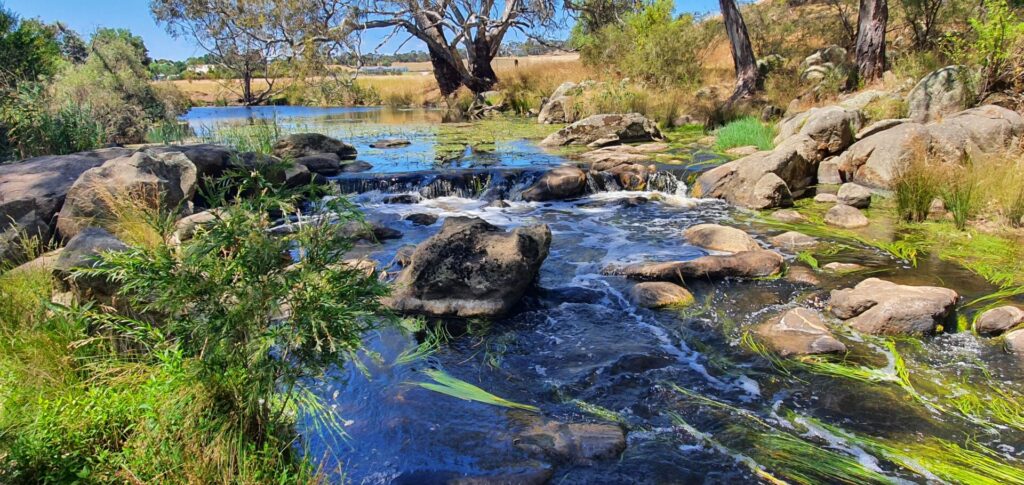
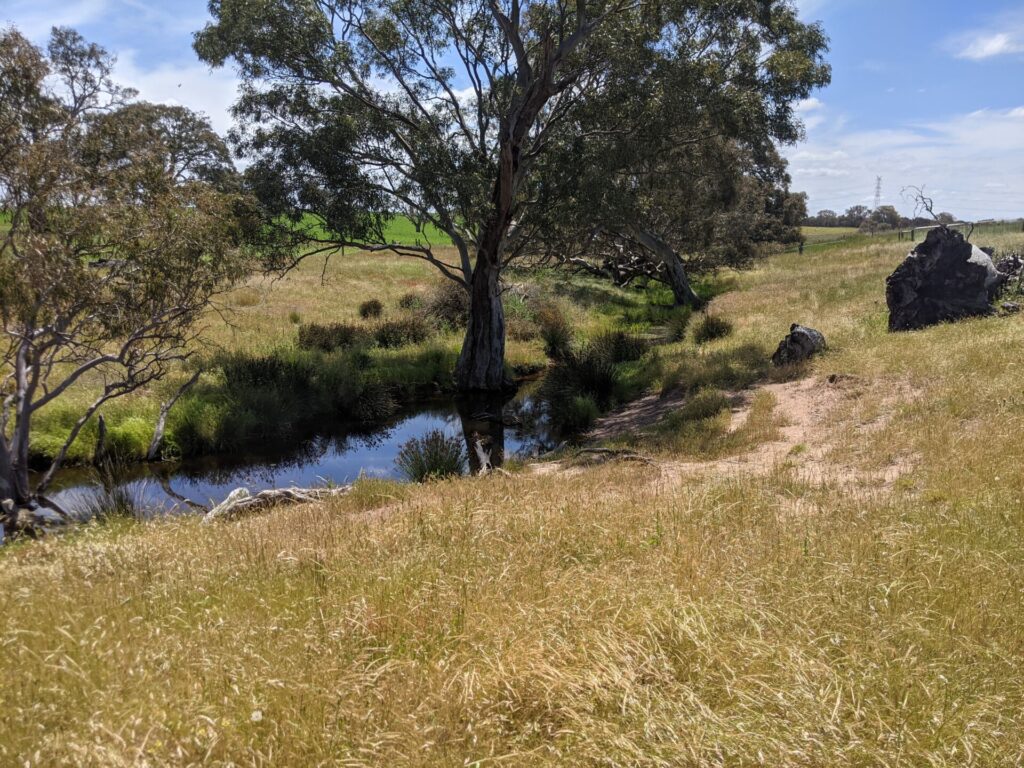
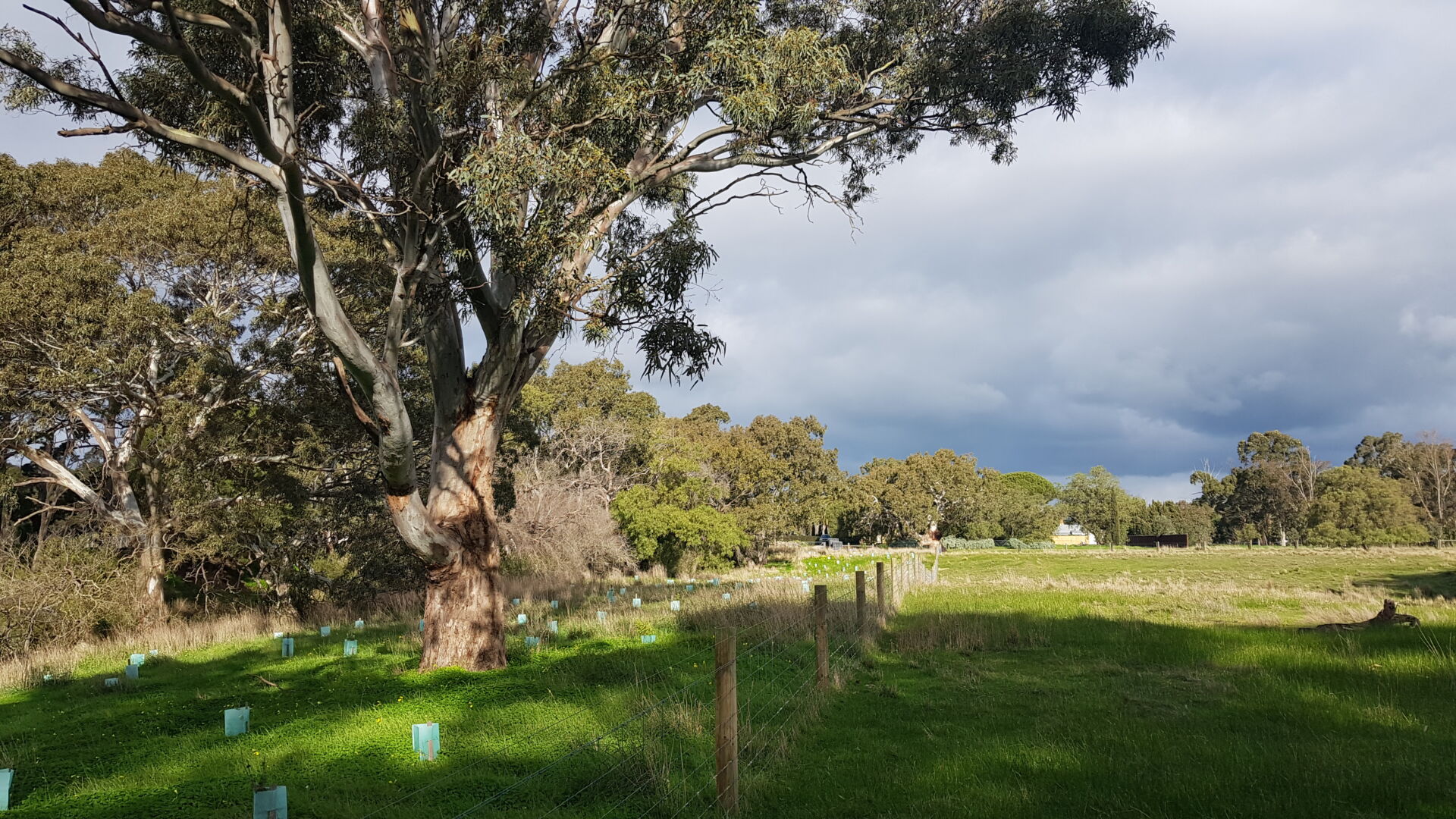
Read more from partners
- Streamlining Sustainability Reporting for Land Managers Food AgilityCRC
- Helping land managers demonstrate their environmental credentials Federation University
Contact
For more information about this case study or the Natural Capital Measurement Catalogue, email ginger.yeh@climateworkscentre.org


